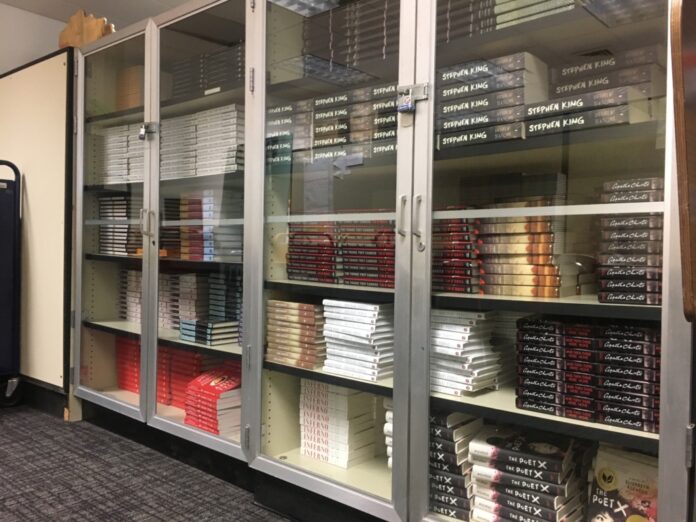by Nikitha Kamath
Over the course of the summer, Williamsville Central School District revised several of its policies related to what students would be required to fund during the school year and highlighted the activities the district would be responsible to financially support. The main takeaway from these changes is that the district is required to fund core curriculum activities and provide supplies to the students that are necessary for success in their courses.
For instance, a fee will no longer be attached to field trips included in the curriculum and items such as math calculators, textbooks, and computer equipment will be issued by the school as usual. However, activities where participation is voluntary, such as the annual Stratford field trip, or trips
planned by extracurricular clubs, will be funded by the student. Students will also be expected to pay for their own course supplies and activities conducted outside of regular school hours.
Of these modifications, some of the most significant effects can be noticed in the English and Art departments. As per the revised guidelines, students will not have to pay for the books they read throughout the year in their English classes. Instead, books will be provided in the form of workbooks and textbooks. The difference between these two books is that the former can be annotated in directly—a habit most students have developed—while the latter will remain a class set and have to be annotated using post-its or separate notebooks. Due to the limited amount of funding through the district, a majority of the books read will be textbooks, and this new alteration has been met with mixed responses from the students.
When asked about her thoughts on this subject, senior Jaiha Lee shared, “I think the older system is more efficient and I am a little disappointed that the district is forcing the department to compromise.” On the other hand, junior Aditi Arun voiced, “I am perfectly okay with the changes being made as I have always used library books for my English class and used post-its to annotate. I have only bought books that I liked from the assigned readings.”
Additionally, while some students are relieved that they no longer have to purchase their own books, some are worried about the lack of understanding and physical connection with the book that will come with annotating elsewhere. Due to varying perspectives, the true extent to which this change will affect student performance will have to be seen throughout the year.
Similar to the English department, the Art department also seems to have received the short end of the stick. Although the Art department has a higher budget overall, the lack of lab fees—$25 per student—has led to difficulties in class projects and quality of supplies.
Elaborating on how the art department is affected by the new changes, art student and senior Elizabeth Goldstein expressed her disappointment, “Now we don’t have money to buy new supplies and we have to use leftovers from the years before. Mrs. Creahan is teaching two of the most expensive art courses—Sculpture and Ceramics and Studio in Photography—and we are not going to be able to do some projects that they have done in past years.”
Despite these challenges, both the English and Art departments are trying their best to accommodate these changes and are working to make a seamless transition to this new policy.

